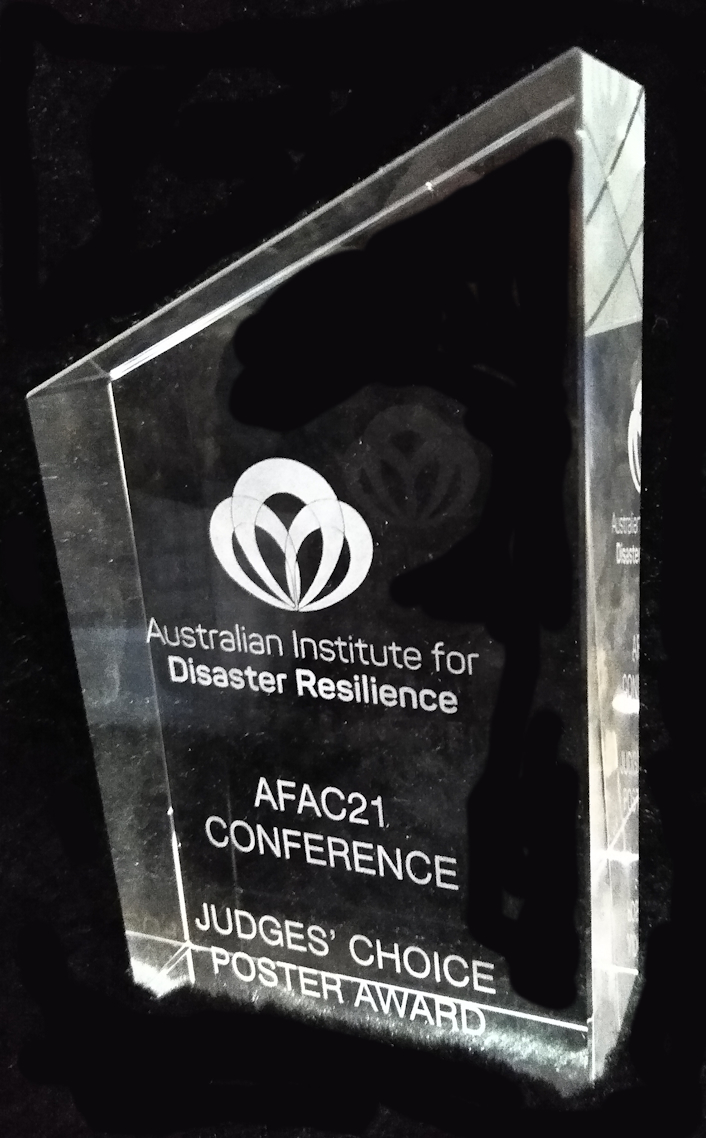Mountains Mishaps
Death and Misadventure in the Blue Mountains of NSW
Award winning research sponsored by the NSW government and by the SES Volunteers Association. Now available direct from the author, from local bookshops, or online. ISBN 978-0-6458099-0-9
Normal price $55 or $35 plus postage for SES or RFS members (free delivery in the Blue Mountains),
About The Book
A history of search and rescue operations in the Blue Mountains that covers 620 incidents and 435 deaths. It has 434 pages, over 200 photographs, 15 maps, 40 aircraft incidents, and 53 railway incidents, 25.5 X 20.5cm.
A history of the local emergency services and the local railways. A geological history. An environmental history.
Only about 20% of incidents are reported. Between 2004 and 2007 nearly 400 people were reported missing in the Blue Mountains and surrounding area, which led to 200 search and rescue operations.
Sample:
An Incredible Journey
On Saturday 16 October, 1954, Max Hazelton, a young agricultural pilot, was going to fly his Auster light plane from Bankstown Airport to his home near Orange, via Oberon. The weather was clear in Sydney and it looked good towards the mountains. He rang his mother in Orange and she told him the weather there seemed passable, too. So, he took off and headed out towards the mountains. At first everything was fine, but the further he got into the mountains, the lower the cloud was, and the lower he had to fly. All of a sudden, he was in the bottom of a valley. He could see well ahead and what he could see was not good – a very strong front was coming through, probably with strong winds, so he turned back. He was flying in a valley about level with the cliff tops when suddenly the aircraft went into cloud.
He’d been watching the altimeter, so he wasn’t worried, but he didn’t realise that the drop in air pressure that came with the cold front affected that instrument. He was prepared to land if he could find a flat spot – but the next thing he could see was a cliff ahead, only about 200 yards (182 m) away. He yanked the nose up and poured on the gas, but trying to climb too quickly caused the aircraft to slow too much and the aircraft stalled. Just before 4pm the plane ploughed through the top of trees, before flipping on its back and crashing on the side of a mountain. The top of the pilot’s cabin was crushed. He dragged himself from the wreck with only a rug and jumped to the ground in drizzling rain. A heavy mist lay over the area that brought visibility almost to nil. Somehow, he was uninjured; only his watch was smashed.
He climbed a mountain peak nearby to try to get his bearings but couldn’t see anything in the fog. By then it was starting to get dark. He thought, “Oh, well, tomorrow morning the weather should clear and we’ll be right.” He was wearing a sports coat, collar, tie, singlet, underpants, shirt, and gaberdine trousers, not nearly warm enough for the cold night, even with the blanket wrapped around him. His first priority was to get out of the rain…
What’s inside
The focus of the book is on incidents that occur in the bush, but there are some of the more remarkable incidents on the roads, in the air, and on the railways, too. There have been 40 air crashes, for instance. Visitors will also learn of the chances of snow, storms, landslides, and tremors. Over 235 deaths and 620 incidents are described.
Other books like this

Police Resue and Bomb Disposal An Extraordinary History

Over the Edge: Death in the Grand Canyon
AFAC21 Award winner
What’s Next?
“Mountains Mishaps” is now available. If you live in or near the Blue Mountains, lookout for a book launch and talk near you. Next will come the E-book version, then Chris Webber’s history of Fires in the Blue Mountains, called “Fire in the Mist”


